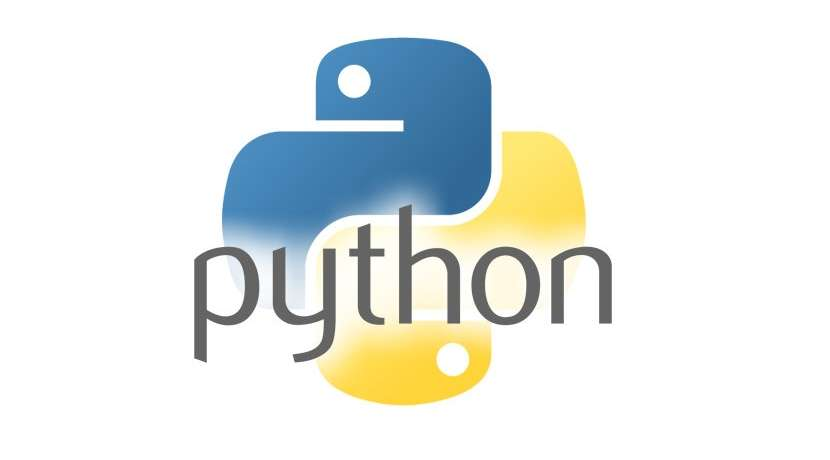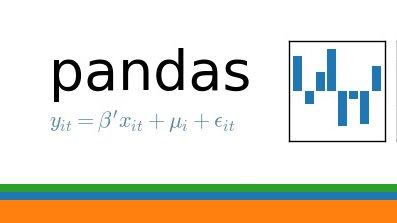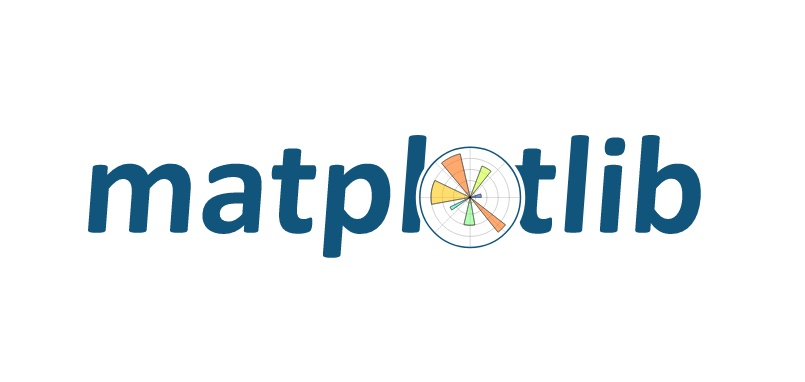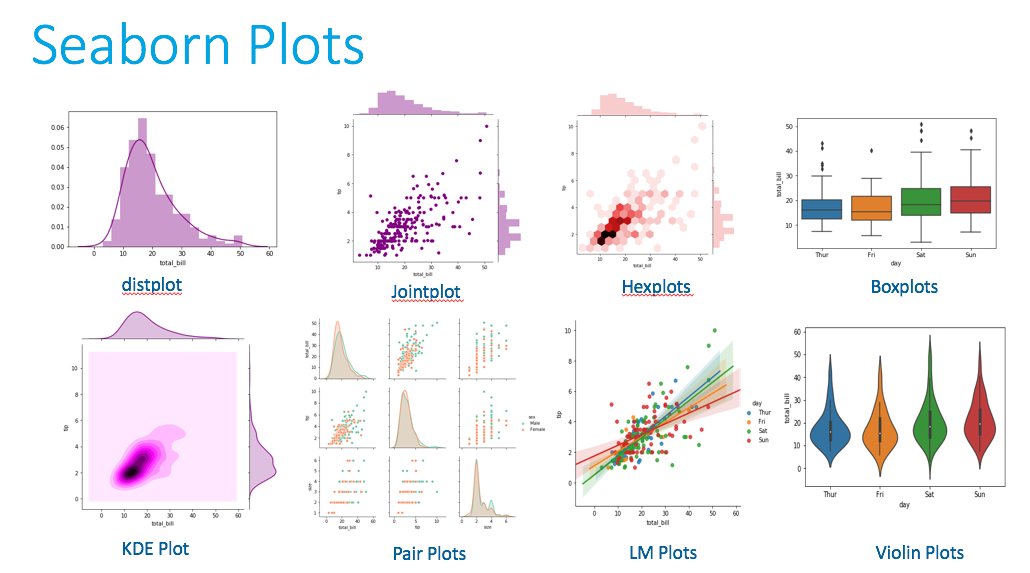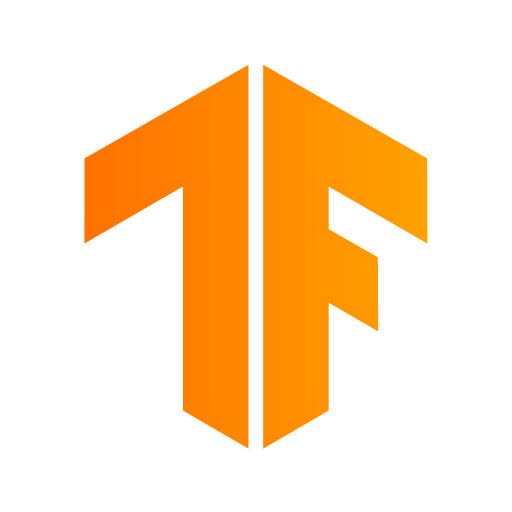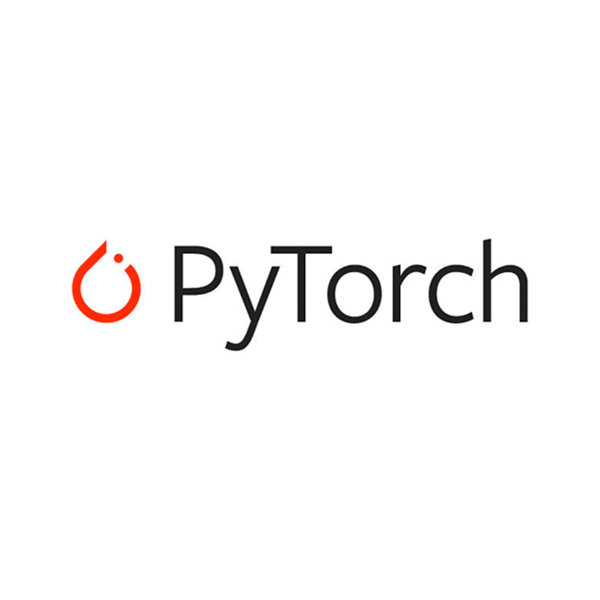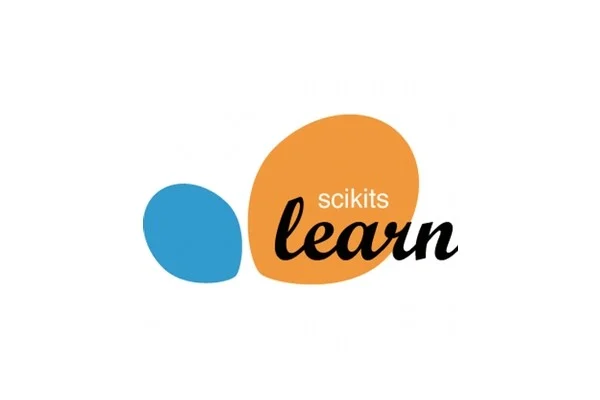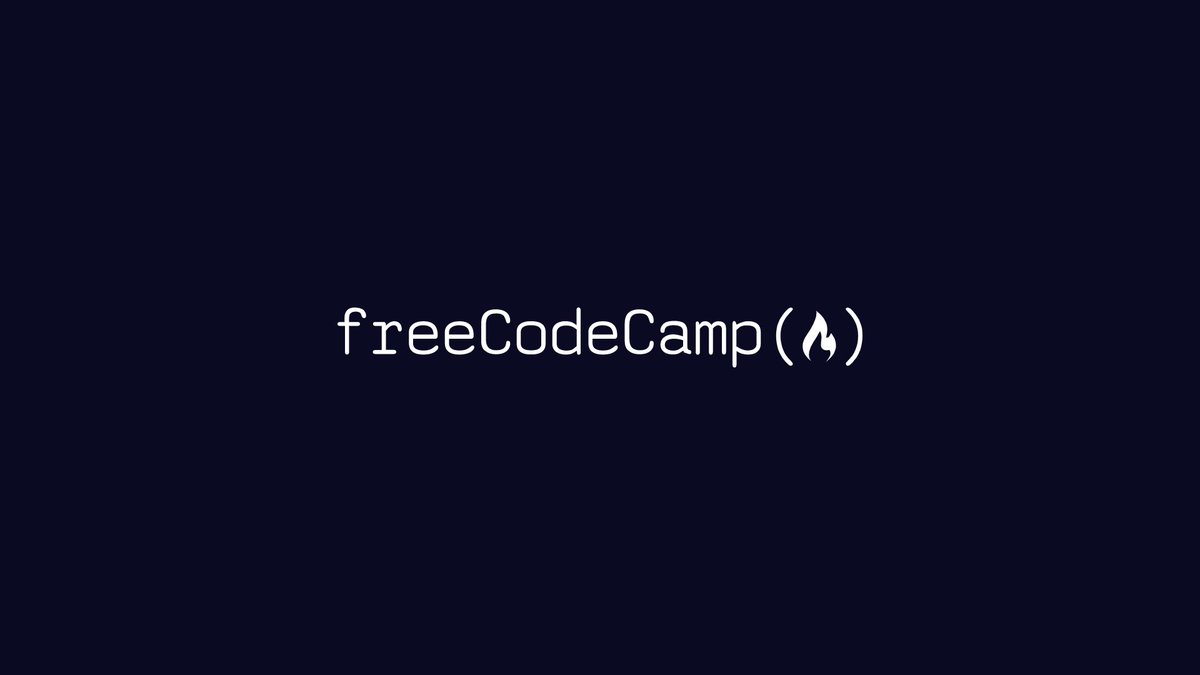𝘐 𝘴𝘵𝘢𝘳𝘵𝘦𝘥 𝘮𝘢𝘤𝘩𝘪𝘯𝘦 𝘭𝘦𝘢𝘳𝘯𝘪𝘯𝘨 𝘣𝘺 𝘮𝘺𝘴𝘦𝘭𝘧 𝘢𝘯𝘥 𝘪𝘵 𝘸𝘢𝘴 𝘵𝘰𝘶𝘨𝘩.
What held me back ,was the dilemma of which python libraries should I learn to get started with it.
Let& #39;s talk about it.
(so that you don& #39;t go through what I did.)
 https://abs.twimg.com/emoji/v2/... draggable="false" alt="🧵" title="Thread" aria-label="Emoji: Thread">
https://abs.twimg.com/emoji/v2/... draggable="false" alt="🧵" title="Thread" aria-label="Emoji: Thread"> https://abs.twimg.com/emoji/v2/... draggable="false" alt="👇" title="Rückhand Zeigefinger nach unten" aria-label="Emoji: Rückhand Zeigefinger nach unten">
https://abs.twimg.com/emoji/v2/... draggable="false" alt="👇" title="Rückhand Zeigefinger nach unten" aria-label="Emoji: Rückhand Zeigefinger nach unten">
What held me back ,was the dilemma of which python libraries should I learn to get started with it.
Let& #39;s talk about it.
(so that you don& #39;t go through what I did.)
First and foremost, make sure that you have nailed the fundamental concepts of Python because machine learning requires a lot of programming!
If you know these topics, then you are good to go with machine learning in Python
- Object-oriented programming in Python:Classes,Objects,Methods
- Lists & List functions
- List comprehension
- List slicing
- String formatting
- List,Dictionaries & Tuples
- Object-oriented programming in Python:Classes,Objects,Methods
- Lists & List functions
- List comprehension
- List slicing
- String formatting
- List,Dictionaries & Tuples
Secondly, let& #39;s understand what popular python machine learning libraries do.
We will talk about https://abs.twimg.com/emoji/v2/... draggable="false" alt="👇" title="Rückhand Zeigefinger nach unten" aria-label="Emoji: Rückhand Zeigefinger nach unten">
https://abs.twimg.com/emoji/v2/... draggable="false" alt="👇" title="Rückhand Zeigefinger nach unten" aria-label="Emoji: Rückhand Zeigefinger nach unten">
- TensorFlow (+ Keras)
- PyTorch
- Pandas
- Numpy
- Matplotlib
- SciKit Learn
- Seaborn
We will talk about
- TensorFlow (+ Keras)
- PyTorch
- Pandas
- Numpy
- Matplotlib
- SciKit Learn
- Seaborn
Now let& #39;s cover the libraries that you have to learn (at least the basics) for machine learning
1. Pandas
Pandas is a python library that allows you to store and read data from spreadsheets ( .csv, .xlsv files ) in structures called Dataframes.
1. Pandas
Pandas is a python library that allows you to store and read data from spreadsheets ( .csv, .xlsv files ) in structures called Dataframes.
Dataframes allow you to work with data present in a spreadsheet.
Pandas help you make the data frame.
Pandas help you make the data frame.
2. Numpy
Numpy allows you to manipulate the data. It replaces python lists and does the same things, like list slicing for example. However numpy lists are much faster to execute than the default python lists.
Numpy allows you to manipulate the data. It replaces python lists and does the same things, like list slicing for example. However numpy lists are much faster to execute than the default python lists.
3. Matplotlib
Matplotlib is a library for plotting data into pie charts, bar charts, and whatever kinds of graphs you can imagine.
Matplotlib is a library for plotting data into pie charts, bar charts, and whatever kinds of graphs you can imagine.
There is another library based on Matplotlib which is called Seaborn.
Seaborn is based on Matplotlib and allows you to visualize data with support for themes (as in color schemes like VS code themes) and more visualization options.
Seaborn is based on Matplotlib and allows you to visualize data with support for themes (as in color schemes like VS code themes) and more visualization options.
It is not mandatory to learn Seaborn at the beginning of your machine learning journey.
You& #39;ll work with it later on.
You& #39;ll work with it later on.
Why is it important to learn these libraries?
In machine learning, you will have to work with a lot of messy data! A lot!
These libraries are essential for you so that you can manipulate and analyze data.
In machine learning, you will have to work with a lot of messy data! A lot!
These libraries are essential for you so that you can manipulate and analyze data.
You must always remember that data largely dictates how well your machine learning model will perform.
Do not ignore data analysis and cleaning.
It is even more important than neural network!
Do not ignore data analysis and cleaning.
It is even more important than neural network!
TensorFlow allows you to make neural networks, anything from computer vision to natural language processing, TensorFlow will help you out. Keras allows you to make machine learning models and is heavily integrated with Tensorflow v2 (the latest version of TensorFlow).
PyTorch Vs TensorFlow
- PyTorch does the same things as TensorFlow in a different syntax.
- Both PyTorch and TensorFlow are amazing libraries.
- PyTorch does the same things as TensorFlow in a different syntax.
- Both PyTorch and TensorFlow are amazing libraries.
SciKit Learn
Scikit learn does a lot of things, from regression to classification, you name it.
It is a great tool to have when working on machine learning.
Scikit learn does a lot of things, from regression to classification, you name it.
It is a great tool to have when working on machine learning.
Let& #39;s summarize.
Step 1: Learn Python well.
Step 2: Learn the basics of Numpy, Pandas, and matplotlib.
Step 3: Learn either PyTorch or TensorFlow or SciKit learn at the start.
Step 1: Learn Python well.
Step 2: Learn the basics of Numpy, Pandas, and matplotlib.
Step 3: Learn either PyTorch or TensorFlow or SciKit learn at the start.
Step 4: Do a project from Kaggle where you can use these tools. (Pro-tip, look at notebooks and solutions from other people, this will help you in understanding how experienced people tackle certain problems)
The best tutorials to learn these would be from the freecodecamp youtube channel, simply go on youtube, search for `framework name` freecodecamp.
They have some of the best machine learning tutorials out there.
They have some of the best machine learning tutorials out there.
Last but certainly not the least, I wrote this article for @OfficialIndiaAI which you should definitely read if you are interested in getting into machine learning. https://twitter.com/OfficialIndiaAI/status/1325685965843697669?s=20">https://twitter.com/OfficialI...

 Read on Twitter
Read on Twitter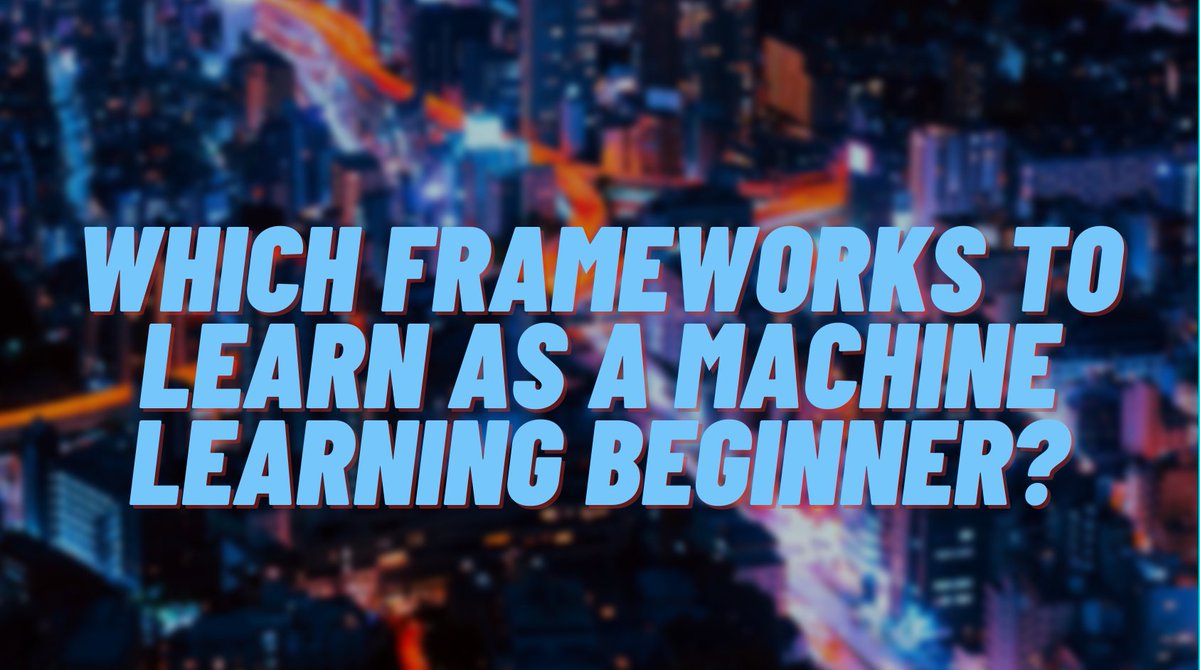 https://abs.twimg.com/emoji/v2/... draggable="false" alt="👇" title="Rückhand Zeigefinger nach unten" aria-label="Emoji: Rückhand Zeigefinger nach unten">" title="𝘐 𝘴𝘵𝘢𝘳𝘵𝘦𝘥 𝘮𝘢𝘤𝘩𝘪𝘯𝘦 𝘭𝘦𝘢𝘳𝘯𝘪𝘯𝘨 𝘣𝘺 𝘮𝘺𝘴𝘦𝘭𝘧 𝘢𝘯𝘥 𝘪𝘵 𝘸𝘢𝘴 𝘵𝘰𝘶𝘨𝘩.What held me back ,was the dilemma of which python libraries should I learn to get started with it.Let& #39;s talk about it. (so that you don& #39;t go through what I did.)https://abs.twimg.com/emoji/v2/... draggable="false" alt="🧵" title="Thread" aria-label="Emoji: Thread">https://abs.twimg.com/emoji/v2/... draggable="false" alt="👇" title="Rückhand Zeigefinger nach unten" aria-label="Emoji: Rückhand Zeigefinger nach unten">" class="img-responsive" style="max-width:100%;"/>
https://abs.twimg.com/emoji/v2/... draggable="false" alt="👇" title="Rückhand Zeigefinger nach unten" aria-label="Emoji: Rückhand Zeigefinger nach unten">" title="𝘐 𝘴𝘵𝘢𝘳𝘵𝘦𝘥 𝘮𝘢𝘤𝘩𝘪𝘯𝘦 𝘭𝘦𝘢𝘳𝘯𝘪𝘯𝘨 𝘣𝘺 𝘮𝘺𝘴𝘦𝘭𝘧 𝘢𝘯𝘥 𝘪𝘵 𝘸𝘢𝘴 𝘵𝘰𝘶𝘨𝘩.What held me back ,was the dilemma of which python libraries should I learn to get started with it.Let& #39;s talk about it. (so that you don& #39;t go through what I did.)https://abs.twimg.com/emoji/v2/... draggable="false" alt="🧵" title="Thread" aria-label="Emoji: Thread">https://abs.twimg.com/emoji/v2/... draggable="false" alt="👇" title="Rückhand Zeigefinger nach unten" aria-label="Emoji: Rückhand Zeigefinger nach unten">" class="img-responsive" style="max-width:100%;"/>
